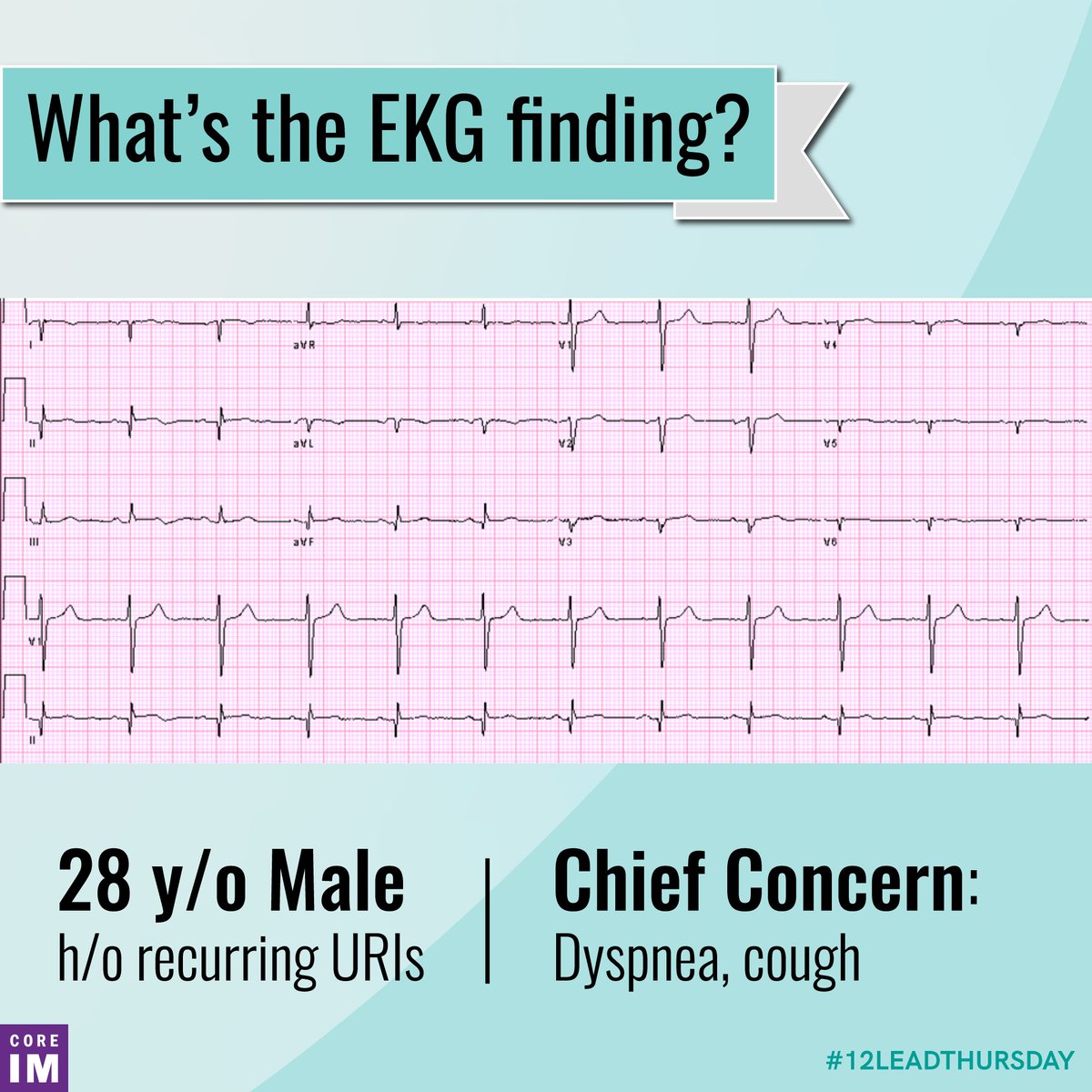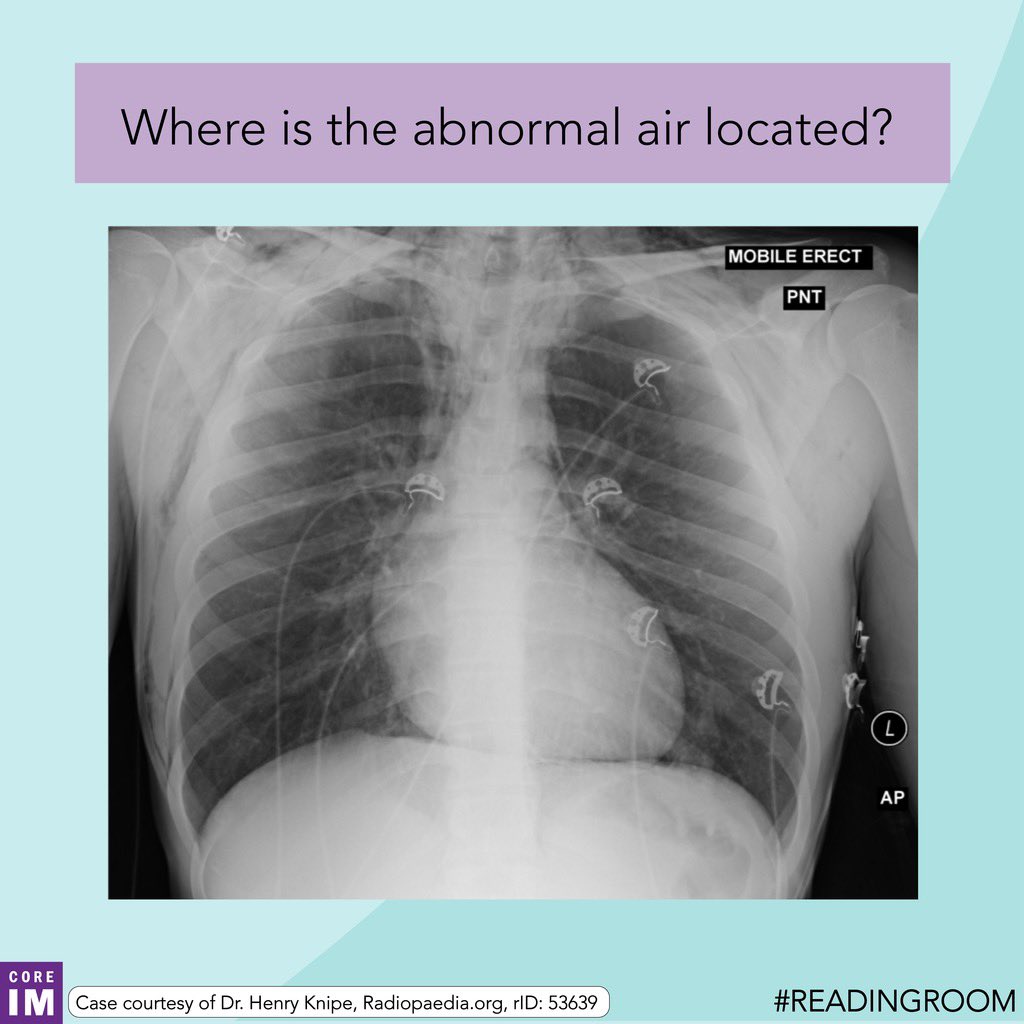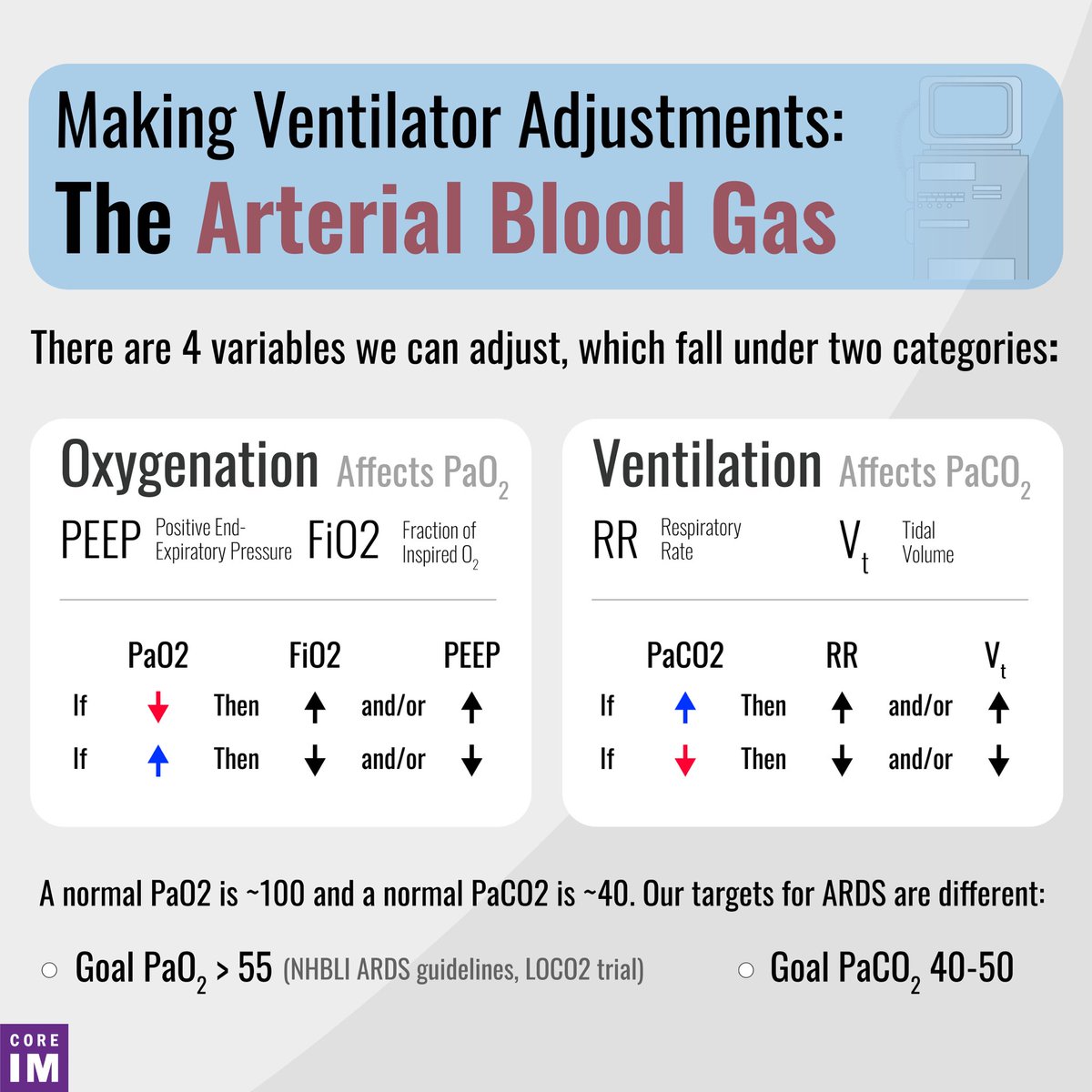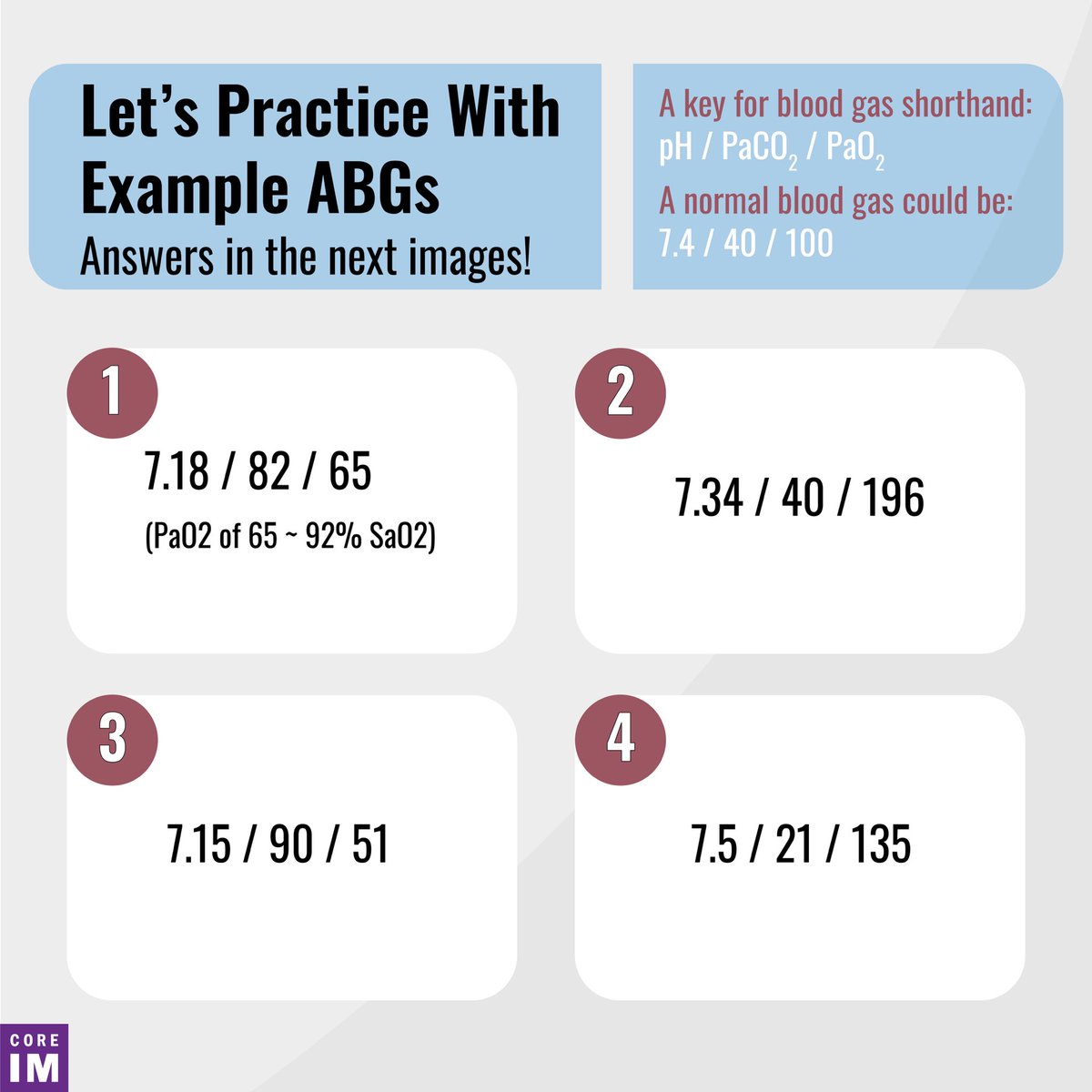
1/ #MedTwitter Today, March 25, we want to remember the Medical Committee for Human Rights (MCHR), a branch of the Civil Rights movement. 

2/ MCHR recognized the fundamental inseparability of fight for racial justice and the fight for health equity. 

3/ MCHR no longer exists in name, but it lives on in the legacy of institutions like @PNHP and @P4HR.
So, #MedTwitter, consider this a call to action: what are you doing to promote equity in healthcare today?
So, #MedTwitter, consider this a call to action: what are you doing to promote equity in healthcare today?

4/ Credits:
🔘content: @sheila_okere
🔘graphics:@Preeyal_P
Find this post and more on our website: coreimpodcast.com/2021/03/25/phy…
/fin
🔘content: @sheila_okere
🔘graphics:@Preeyal_P
Find this post and more on our website: coreimpodcast.com/2021/03/25/phy…
/fin
• • •
Missing some Tweet in this thread? You can try to
force a refresh



















